OKdo ROCK 4 Model SE 4GB Single Board Computer Rockchip RK3399-T ARM Cortex-A72 + Cortex-A53
OKdo ROCK 4 Model SE 4GB Single Board Computer Rockchip RK3399-T ARM Cortex-A72 + Cortex-A53
- ROCK 4 SE - a robust, versatile special edition single-board computer
- High-performing Hexa-core Rockchip RK3399-T processor
- Hexa-core processor with big.LITTLE™ Arm® Dual Cortex-A72® CPU, Quad-core Cortex-A53 and Arm Mali™ - T860MP4 GPU
- Available in a 4GB 64bit LPDDR4 RAM option
- Expandable with eMMC module or SSD through m.2 connector
- Onboard RTC, WiFi, Bluetooth, Antenna, Audio jack (headphone and headset), 4K HDMI port
Buying for business? Contact our sales team here
MoreProduct Details
Description
ROCK 4 SE is a reliable and high-performing single-board computer that offers class-leading performance and superior hardware as standard. This special edition board is based on a powerful Rockchip RK3399-T hexa-core processor, big.LITTLE™ Arm® Dual Cortex-A72® CPU, Arm Mali™ – T860MP4 GPU and 4GB 64bit LPDDR4 RAM. With onboard RTC, WiFi, Bluetooth, antenna, audio jack, 4K HDMI port, and many more, ROCK 4 SE is the perfect Raspberry Pi alternative, that provides an incredible performance solid as a ROCK!
Details
Note: We recommend using a PD or QC power supply with a maximum output of 9V or 12V.
What Are the Key Benefits of the ROCK 4 SE?
Powerful Rockchip processor
A low-power high-performing Rockchip RK3399-T processor is embedded into the heart of the ROCK 4 SE board. Equipped with an Arm® big.LITTLE™ technology Dual Cortex®-A72@1.5GHz, Quad Cortex-A53@1.0GHz CPU, Arm Mali™ – T860MP4 GPU and 4GB 64bit LPDDR4 RAM, be sure that your board will provide a high-performance solid as a ROCK!
Extensive storage capacity
ROCK 4 SE offers you an immense advantage over other competitors’ boards, benefiting from extensive storage capability. It features a Micro SD card, an eMMC and an M.2 (M key), ensuring the board with a tremendous amount of additional storage capacity.
RTC (real-time clock)
The onboard real-time clock allows you to accurately register the time even when the ROCK 4 SE is powered off. The board features an onboard connector for an RTC battery.
Multiple connectivity capabilities
The board offers you multiple connectivity capabilities, including Bluetooth 5.0, WiFi, Gigabit Ethernet, USB and HDMI ports, and a built-in antenna, allowing you to widely incorporate ROCK 4 SE into your applications.
Highly compatible with SBC accessories
ROCK 4 SE features an onboard 40P GPIO extension header, offering extensive compatibility with a wide range of SBC accessories.
Advanced multimedia functions
The ROCK 4 SE is fitted with an Arm Mali™ – T860MP4 quad-core graphics processing unit (GPU), ideal for advanced multimedia applications, including games. The board incorporates camera and display interfaces, an HDMI port supporting displays up to 4Kp60 resolution, a high-quality audio output via a 3.5mm onboard audio jack that supports microphone input as default, and much more.
Why is ROCK 4 SE the perfect Raspberry Pi alternative?
- Better performance – 4GB 64bit RAM, more processing cores and a broader memory interface,
- Extensive storage capacity,
- Similar form factor,
- 40 pin GPIO extension header.
How to customise your ROCK board?

Your board, your way. With OKdo, you can customise the board in large volumes. Reach out to us and find out our conditions and how you can customise the ROCK 4 SE to tailor it to your design needs.
You can now benefit from the adaptive design of the ROCK 4 SE and add or remove components or even fully configure it for low-cost applications efficiency and environmental improvements. Speak to an expert, contact us here.
Availability
OKdo, in collaboration with Radxa, ensured long-term stock availability of ROCK 4 SE, sparing you from stock hunting and allowing you to focus on designing the world with breathtaking innovations.
Technical Specifications
| ROCK 4 SE Board | |
| SOC | Rockchip RK3399-T |
| Processor | Arm® big.LITTLE™ technology (Dual Cortex®-A72@1.5GHz, Quad Cortex-A53@1.0GHz) |
| GPU | Arm Mali™ – T860MP4 GPU, supporting OpenGL ES 1.1 /2.0 /3.0 /3.1 /3.2, Vulkan 1.0, Open CL 1.1 1.2, DX11 |
| Memory | Dual channel (64bit) 4GB LPDDR4 RAM |
| Power Req | USB Type-C™ PD/QC 9-12V |
| HDMI | 1 x 4k@60fps HDMI |
| USB | 2 x USB 2.0 1 x USB 3.0, 1 x USB 3.0 OTG (Switchable) |
| Audio Ports | 3.5mm jack, analogue stereo output, microphone input |
| Connectivity | WiFi 5/BT 5.0, BLE, Gigabit Ethernet |
| MIPI | 1 x 2 lane DSI/1 x 2 lane CSI |
| Storage | Micro SD / M.2 (M key) / eMMC |
| EMMC | B2B connector |
| UARTS | 2 x UART |
| RTC | YES (support for external battery) |
| Software | ARMv8 Instruction Set
Debian/Ubuntu Linux support Android 7.1/Android 9.0/Android 10/Android 11 support GPU-enabled AI stack such as Caffe Hardware access/control library for Linux/Android |
| Temperature | Operation Temperature: 0~50 ℃/ Storage Temperature: -20~80 ℃ |
Key product features of ROCK 4 SE
Pinout Diagram of the ROCK 4 SE
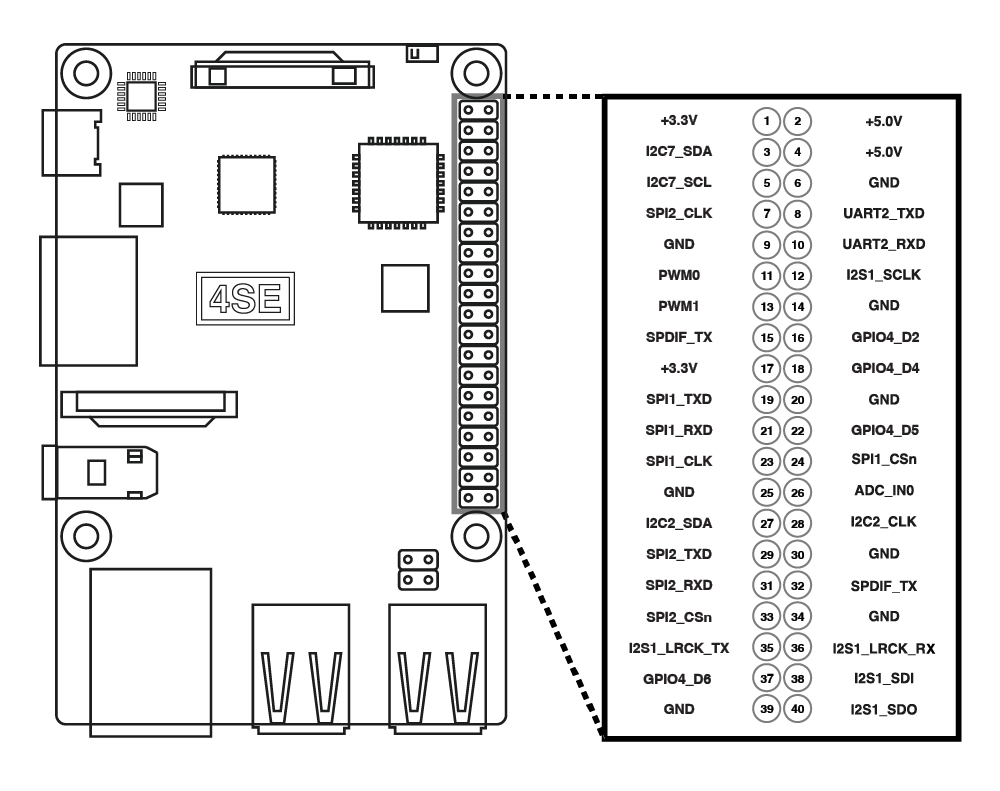
Resources
Need some inspiration to help you create amazing applications with your brand-new ROCK 4SE? Check out our resources below:
- Getting Started Guide – Getting Started with the ROCK 4 SE & Debian Bullseye (KDE Update)
- Getting Started Guide – Getting Started with the ROCK 4 SE & Ubuntu Server
- Project – How to set up a mobile workstation with the ROCK 4 SE
- Project – Build a secure Mosquitto MQTT edge gateway for IIoT applications based on ROCK 4 SE
- Project – Build an autonomous industrial robot with ROCK 4 SE and the LiDAR Module
- Project – Secure online file sharing with ROCK 4 SE and Samba server
- Project – How to set up a real-time-clock in embedded systems with the ROCK 4 SE
- Blog – The Ultimate Guide to ROCK
- Blog – Ready to ROCK? Meet the Single Board Computer you always wanted
- Downloads – OKdo Software & Downloads Hub
FAQs
What operating systems is ROCK 4 SE compatible with?
The ROCK 4 SE is equipped with the ARMv8 Instruction Set making it compatible with Debian/Ubuntu Linux, Android 7.1/Android 9.0/Android 10/Android 11, GPU-enabled AI stack such as Caffe, as well as Hardware access/control library for Linux/Android.
What applications is the ROCK 4 SE ideal for?
ROCK is extremely versatile and will satisfy the requirements of a huge variety of applications. Considering the ROCK 4 SE’s tech specs, price, and sustainability it is ideal for a range of applications including, but not limited to:
- Automated Building Surveying and Terrain Mapping
- Industrial Communication & Connectivity Systems
- Prototyping
- Smart POS Terminals
- Smart Security Systems
- Smart Vending Machines
For more details of exactly what ROCK is capable of, check out our Ultimate Guide to ROCK or get in touch with our expert team to discuss your requirements.
Is the ROCK 4 SE suitable for developing AI applications?
Yes, ROCK 4 SE supports a mainstream AI stack with GPU acceleration.
Are there any getting-started guides available for ROCK?
Yes, please check the Resources section on this page or our Getting Started Guides hub.
Can ROCK boot from USB?
No, but the ROCK 4 SE can boot from an SD card and eMMC.
Can ROCK run multiple programs?
Yes, ROCK can run multiple programs/scripts simultaneously.
Does it support accessories?
Yes, thanks to its 40-pin GPIO header it’s compatible with a range of SBC accessories on the market. We also stock a range of ROCK accessories in our ROCK Shop.
Specifications
| SKU | 2209536 |
|---|---|
| mpn | RS114SE-D4W2P1 |
| brand | OKdo |
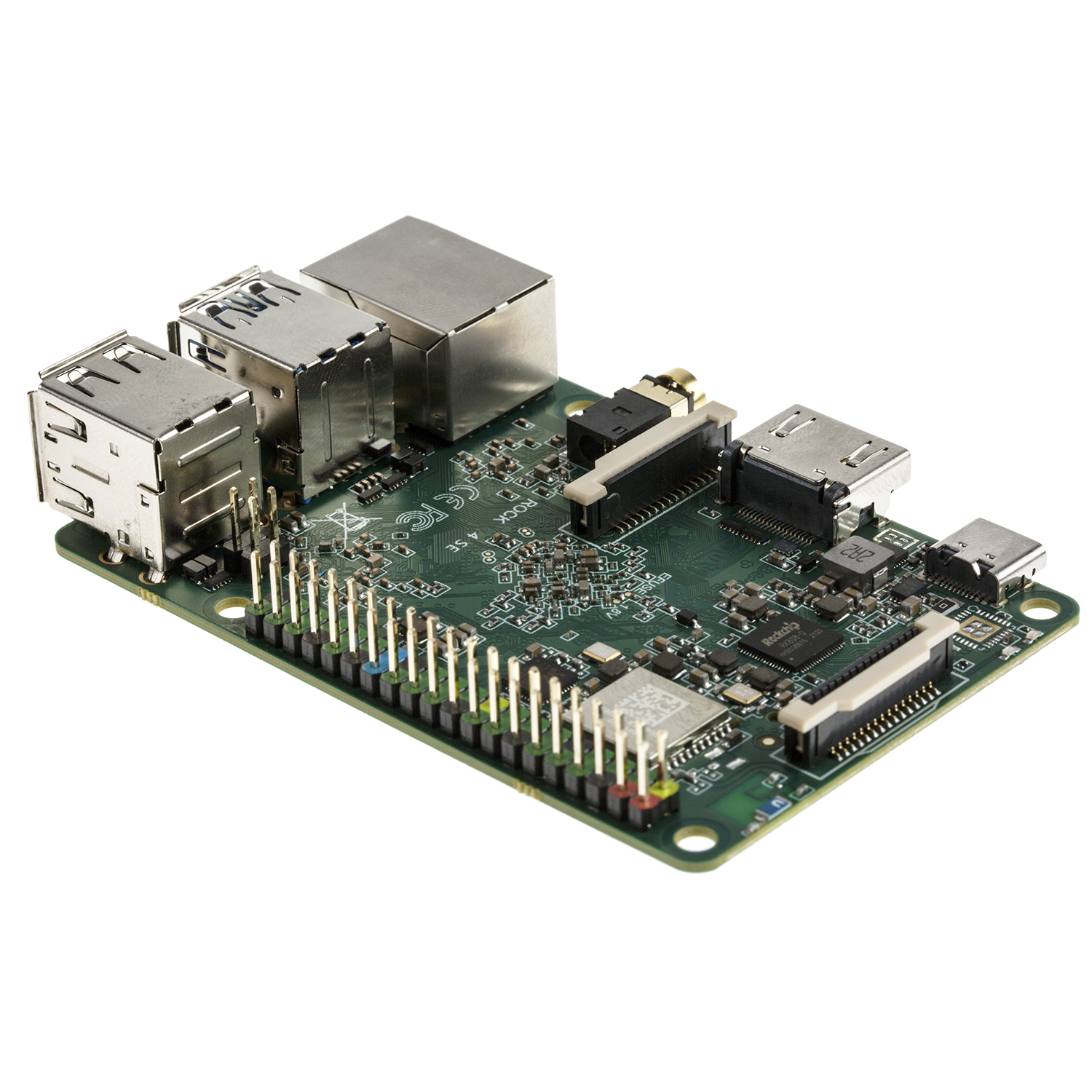
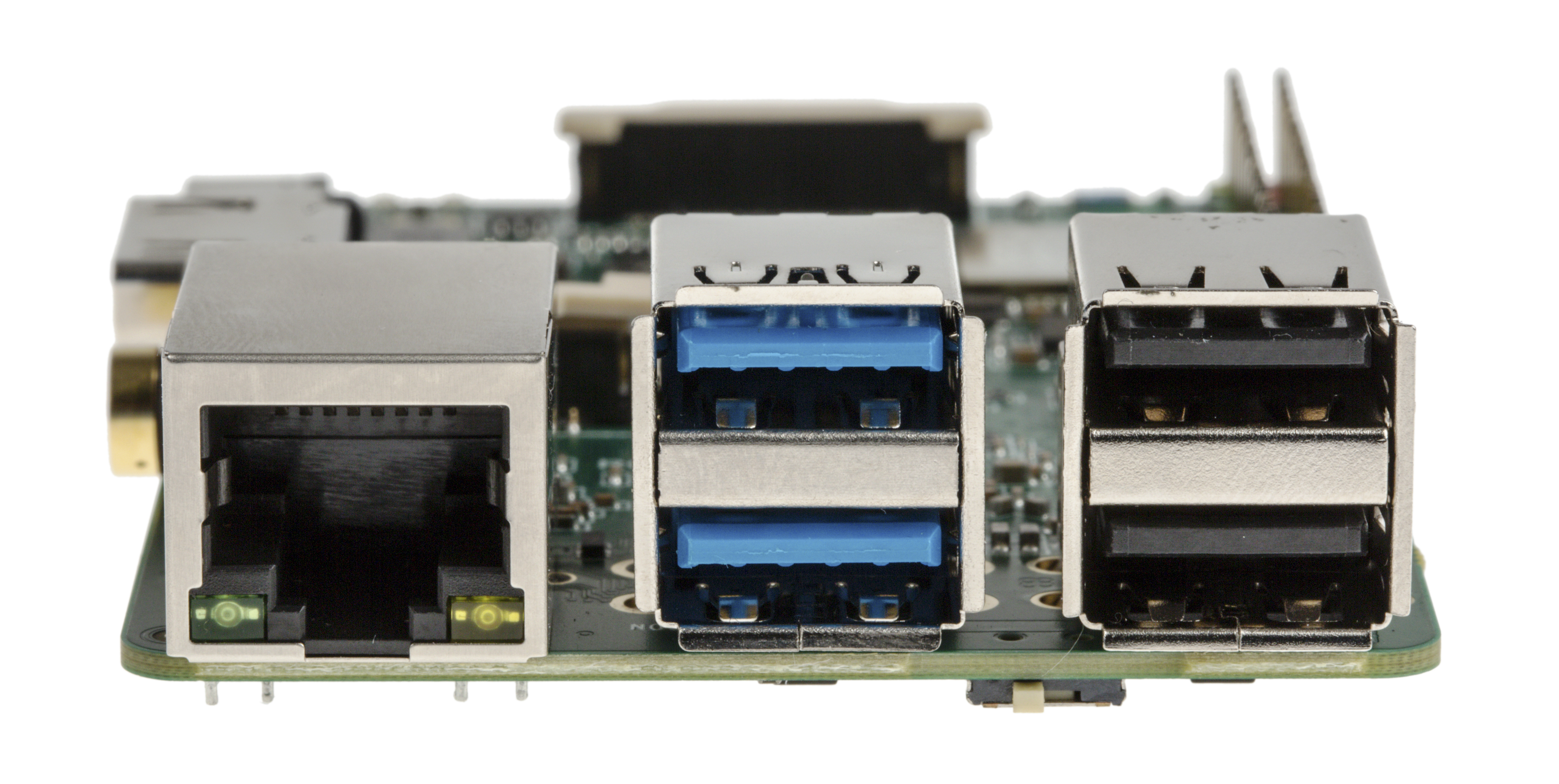

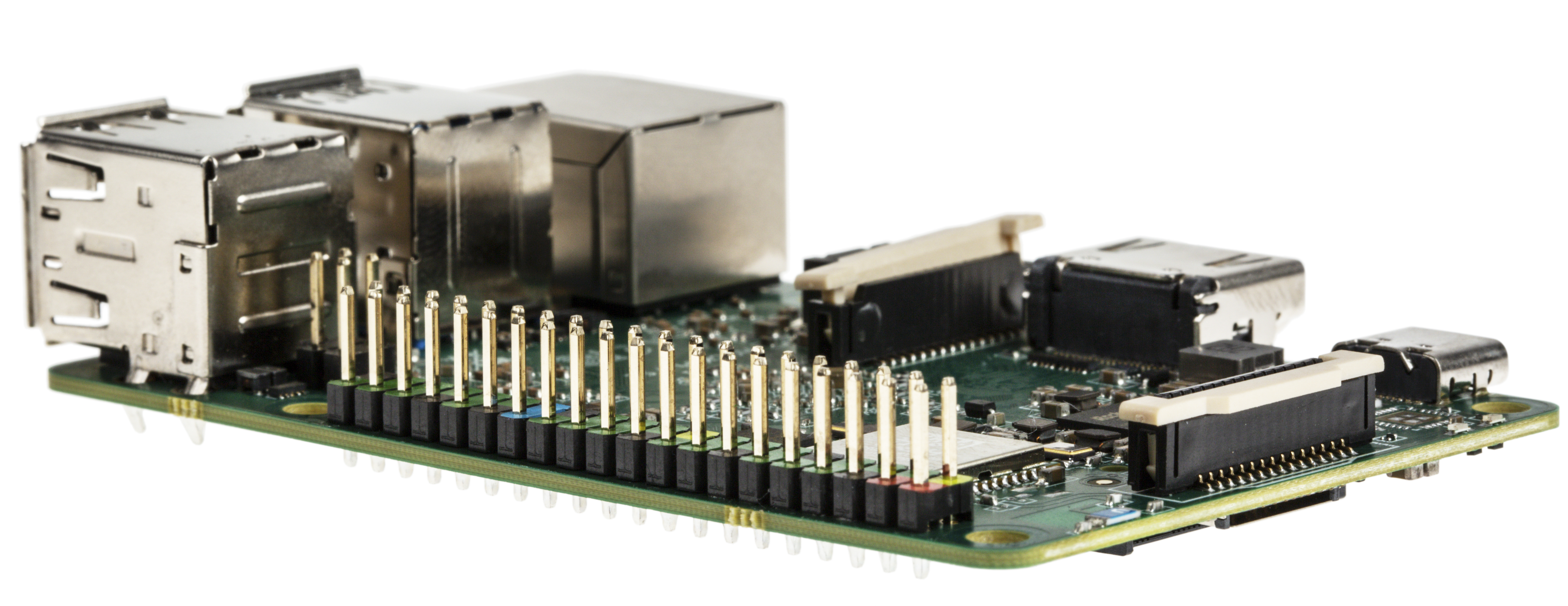
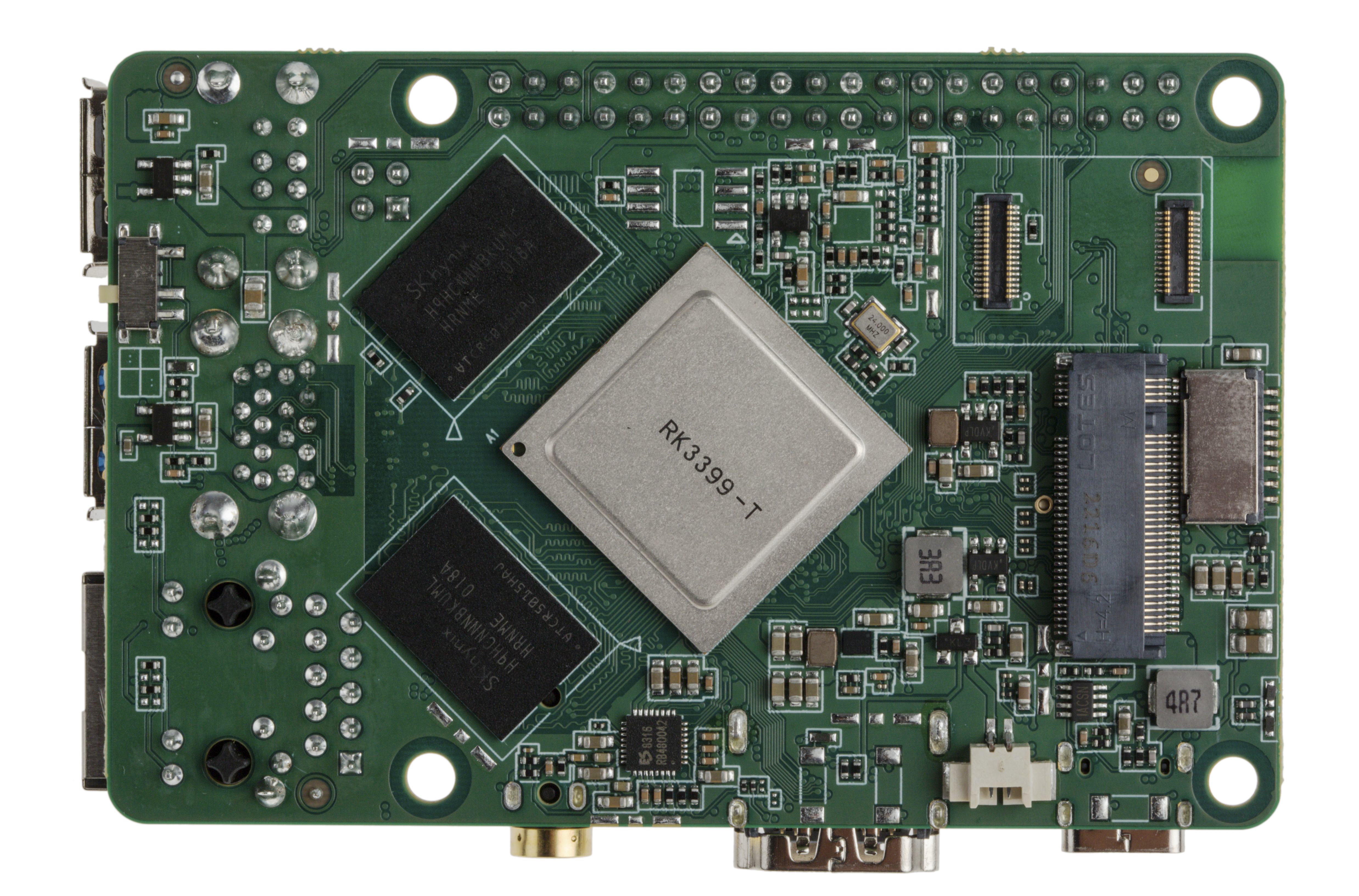


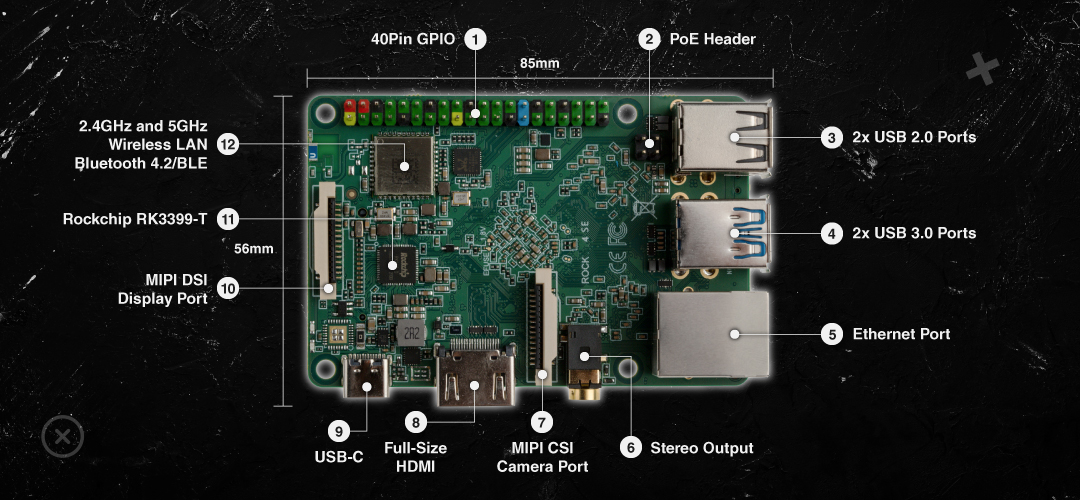
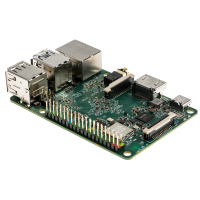
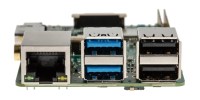


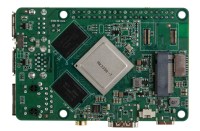
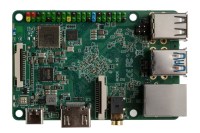
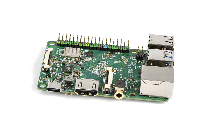

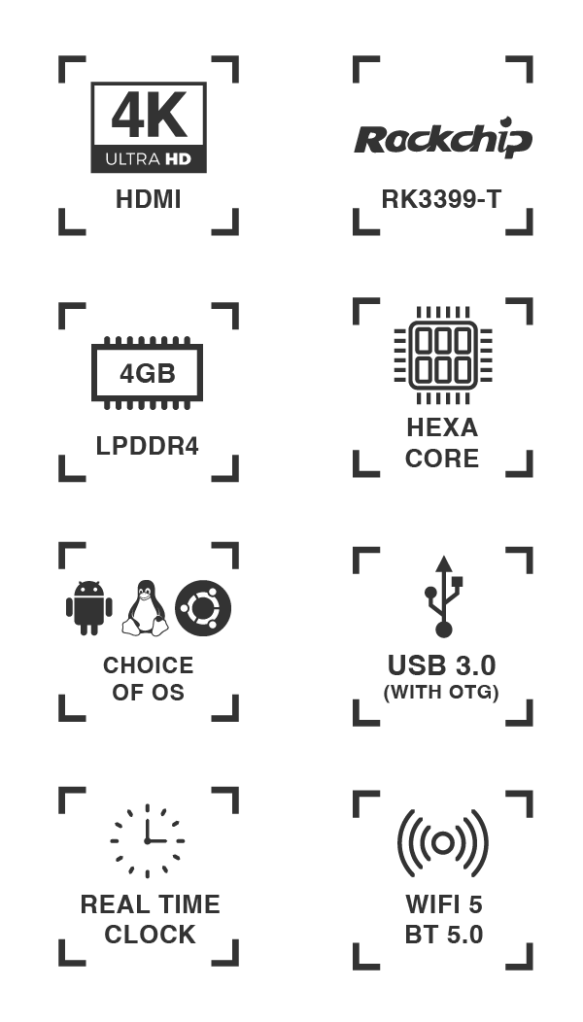

A viable, in-stock SBC, with some quirks.
The little ROCK 4 SE is a board with a bit of heritage behind it. Radxa have been making different flavours of this board with a variety of processors and peripherals for several years. Also - it's in stock, which puts it way higher up the desirability level than the Pi or CM4, where you have to play hunt the board, sometimes for weeks to get one.
Why only three stars then? Well, mostly because it's a bit inflexible in its current incarnation. The only option is the 4gb version. The Radxa ROCK 5 is already announced, with evaluation boards already in the wild and general availability expected in the next few weeks/months. It sports an extra 2 fast cores (bringing the total to 4 "big" cores and 4 "small" cores, and memory options of 4gb, 8gb or 16gb, plus 2.5gb Ethernet and a bunch of other upgrades. From that perspective then, you're buying a slightly older design, and a lower specification but that is available now and is cheaper than the ROCK 5 will be.
There are some other quirks. Storage initially looks good - there are three options - SD card, eMMC or an M.2 NVME socket, however my initial excitement died a little when I realized that the M.2 socket is in a REALLY odd place on the board - it's on the bottom of the board, on one of the shorter edges, but it faces outwards which means that the NVME drive literally sticks out like a sore thumb, nearly doubling the length of the board.
It couldn't have been mounted the other way because it would have sat directly above the processor. It's a bizarre, and not really viable solution. There is a fix though - an expansion card that mounts on top of the board and flips the socket over so the overhang on a 2280 card is much smaller, although it does still stick out a bit but it's not sold in the UK at the moment, so you'll have to buy from China or USA if you want usable NVME.
On to the eMMC then, and again, eMMC is generally faster and more reliable than SD card, so a fair backup option in the absence of NVME. Except that the eMMC connector chip is specifically designed to fit specific 38pin/30pin high density connectors which aren't available in the UK, so again it's off to China or USA if you want to use eMMC. Plus eMMC is expensive, so not really great as a "one and only" drive. You do have some USB 3 ports too, so USB storage is an option, but I don't think the ROCK 4 can boot from USB drives (or I haven't worked out yet how to make it work).
So then, that just leaves SD cards. I've had enough SD cards fail on me over the years that I wouldn't consider them as viable OS drives for anything but the most trivial of projects, but as of right now, that's really your only option to get started. I have been in contact with the OKDO technical team, and they acknowledged the storage shortcomings and are looking at options to address them, but they aren't available today.
Summary: A useful little board, with more cores than a Raspberry Pi 4 but fixed at 4gb RAM, limited storage options at the moment, but in stock and not outrageously priced.